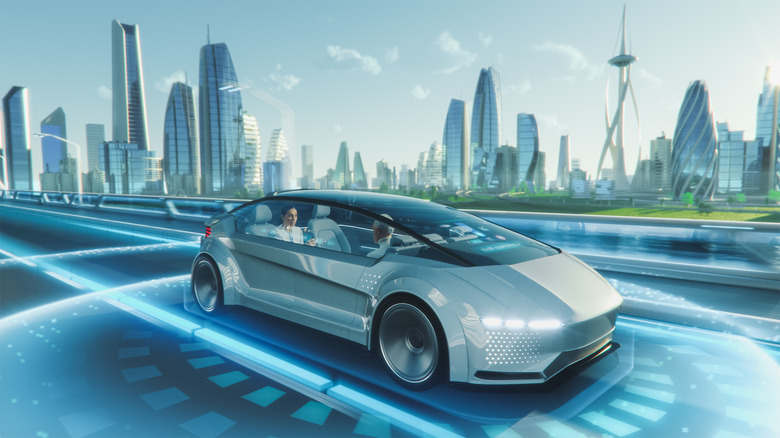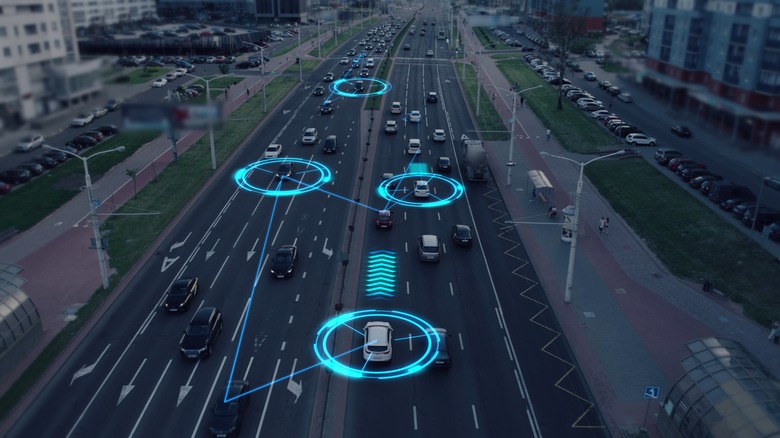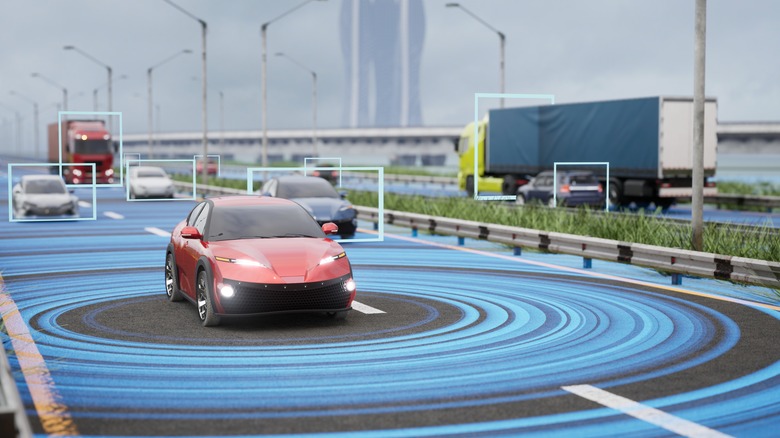The Two Most Important Ways AI Will Impact Next-Gen Vehicles
There is no denying that the arrival of Large Language Models and AI Chatbots like ChatGPT and Google Gemini marked a significant moment in the proliferation of AI (Artificial Intelligence) technologies. Since they first showed up on the horizon, these tools have fast become an important part of our lives. Today, it's not uncommon to come across companies talking about the different ways in which leaders intend to implement AI features in diverse sectors ranging from healthcare and finance to creative tools and automobile technology.
Those aware of the recent development in the automotive sector may already be aware that companies like Tesla and Google (with its self-driving car company Waymo) have been working on integrating AI and ML (Machine Learning) based technology in their cars for the past several years. In fact, the ongoing AI boom has only accelerated the pace at which automobile companies are working to integrate AI into their vehicles. However, given the nascent stage of its development, there is still uncertainty on the path next-generation vehicles may take as AI becomes more prevalent.
To get a clearer picture of the diverse ways that the adoption of AI could impact next-generation automobiles, we got in touch with Dr. Laine Mears, Automotive Manufacturing Chair at the Clemson University International Center for Automotive Research. An industry veteran with decades of experience working with leading automotive players in the U.S., he has been associated with the University since 2006. He had several interesting insights to share about the different ways in which AI could impact upcoming, next-generation vehicles.
Future cars will be smarter, with situational awareness rivaling that of humans
It goes without saying that a lot of AI-based developments in the automotive sector will be centered around self-driving technologies. Today, most new cars sold in the U.S. feature some level of Advanced Driver Assistance Systems (ADAS) that make use of components like onboard cameras, sensors, and radars to enable features like traffic sign recognition, lane departure warning, and pedestrian detection.
While fully autonomous driving may not be ready yet, ADAS technologies will continue to evolve, and Dr. Mears believes that the next-generation vehicles will see a major leap in their capability. Dr. Mears states, "The two most important areas that I see will be in realization of real-time localization (recognizing and responding to environmental conditions), and in overall intelligent transportation systems, where vehicles communicate with one another and with the road infrastructure to recognize, adapt, and respond to real-time changes in environmental conditions."
In particular, Dr. Mears believes that "many of these future vehicles will become extremely good at real-time localization." He also believes that future vehicles, instead of behaving like standalone entities, will be able to become part of an intelligent transportation system.
The age of connected self-driving cars
Dr. Mears believes that once the basic infrastructure needed for cars belonging to a connected, intelligent transport system is in place, it would be possible for vehicles to work as a controlled coupled system — in contrast to the existing system wherein every single vehicle on the road acts as an independent entity with minimal "awareness" about other entities on the road.
Dr. Mears says, "Once these [goals] are achieved, the control of vehicles could transition from a network of independent and variable individuals to a controlled coupled system that uses information on conditions and intentions to make everything run more smoothly and efficiently." In this intelligent transport system, the onus of driving safely isn't on the driver alone. While the person will continue to be a part of the system, the vehicle will play an equally important role in ensuring that everyone on the road experiences a safer, smoother, and more efficient drive than what is currently possible.
Given the kind of in-vehicle and public infrastructure that will be required to make this possible, it goes without saying that the first of these cars will be seen in major cities. It is also pertinent to note that pulling this off will also require some form of cooperation and collaboration with local agencies, particularly city councils and local governments. Depending on its success, we might as well see such connected, AI-powered cars dotting the entirety of the U.S. in the future.


